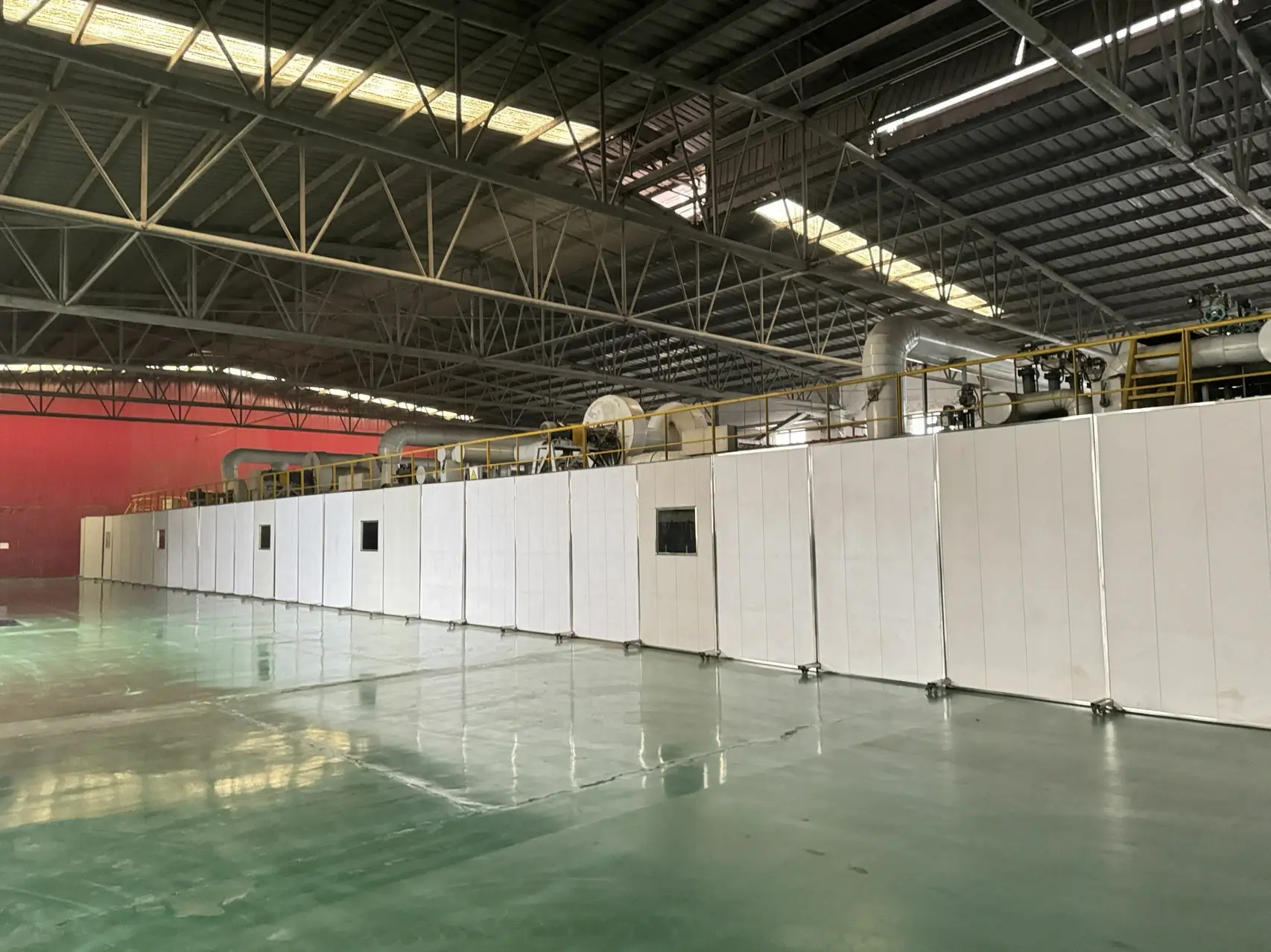

The Intriguing Aspects of White Reflective Glass
White reflective glass is an innovative material that has gained popularity across various industries, including architecture, interior design, and art. Known for its striking aesthetic and functional advantages, it combines a unique visual appeal with a set of properties that enhance its usability. This article delves into the characteristics of white reflective glass, its applications, and the benefits it brings to modern design.
One of the most compelling features of white reflective glass is its ability to manipulate light. The surface of this type of glass is designed to reflect light while maintaining a bright, white appearance. This quality not only contributes to an open and airy atmosphere in spaces where it is used but also enhances the natural illumination available in a given environment. By reflecting light, white reflective glass can reduce the need for artificial lighting, promoting energy efficiency. This characteristic is especially desirable in sustainable design practices aimed at minimizing environmental impact.
In architectural applications, white reflective glass has emerged as an essential element in creating contemporary facades. Its sleek appearance imbues buildings with a modern sensibility, particularly when combined with other materials like steel or wood. Architects often utilize white reflective glass in large panels to create stunning visual effects, allowing for a seamless transition between indoor and outdoor spaces. The light-reflecting properties also contribute to temperature control by reducing heat absorption, which can help maintain a comfortable internal climate.

Beyond architecture, white reflective glass is increasingly used in interior design. It has the ability to make smaller spaces feel larger and more open. For instance, in a compact apartment, the strategic placement of white reflective glass elements—such as mirrors, tabletops, or decorative wall panels—can create an illusion of depth and expansiveness. Additionally, its clean and sleek look complements various design styles, from minimalism to industrial chic, making it a versatile choice for homeowners and designers alike.
In commercial settings, such as retail environments, white reflective glass serves to enhance product visibility and create an inviting atmosphere. Retailers often employ this material in display cases and shopfronts, where it showcases products while also drawing in potential customers. By reflecting surrounding light, it highlights the merchandise, creating a sense of allure that can lead to increased sales. Furthermore, the ability of white reflective glass to maintain aesthetic appeal while providing practical benefits aligns with the evolving demands of modern businesses.
Art installations also benefit from the use of white reflective glass. Artists are drawn to the medium for its capacity to merge form and function. The reflective surface can change based on the viewer's angle, creating dynamic pieces that engage audiences in unique ways. This material's adaptability enables artists to explore themes of light, perception, and space, pushing the boundaries of traditional art forms.
In conclusion, white reflective glass stands out as a remarkable material that brings together beauty and practicality. Its role in architecture, interior design, commercial use, and art highlights its versatility and transformative potential. As we continue to seek sustainable and innovative solutions in design, white reflective glass will undoubtedly remain a crucial component in the evolution of modern aesthetics. Its ability to reflect light, enhance spaces, and facilitate creativity makes it a favorite among architects and designers looking to push the envelope and create visually stunning environments. Whether in residential settings or public spaces, the impact of white reflective glass is both profound and inspiring.